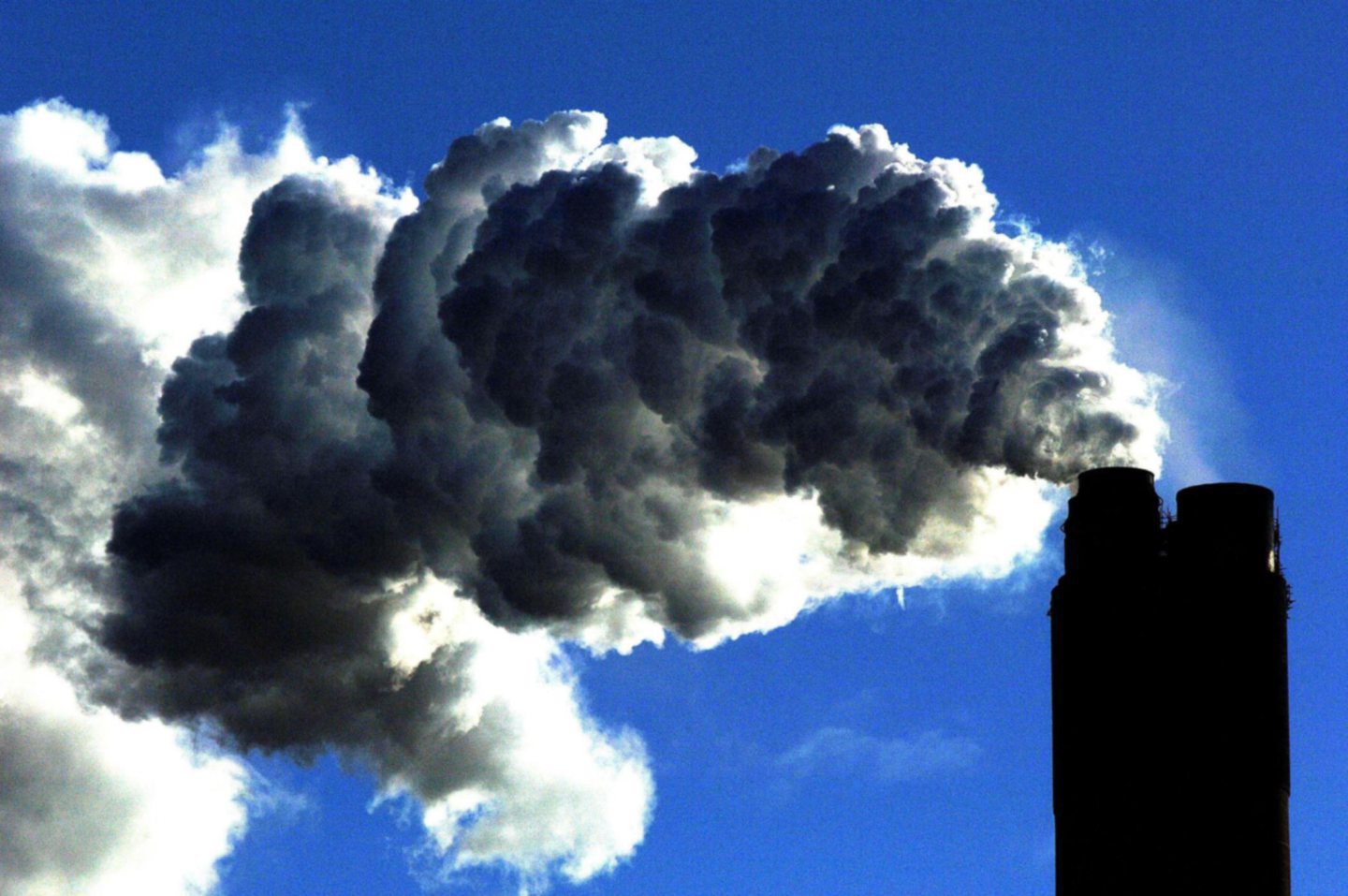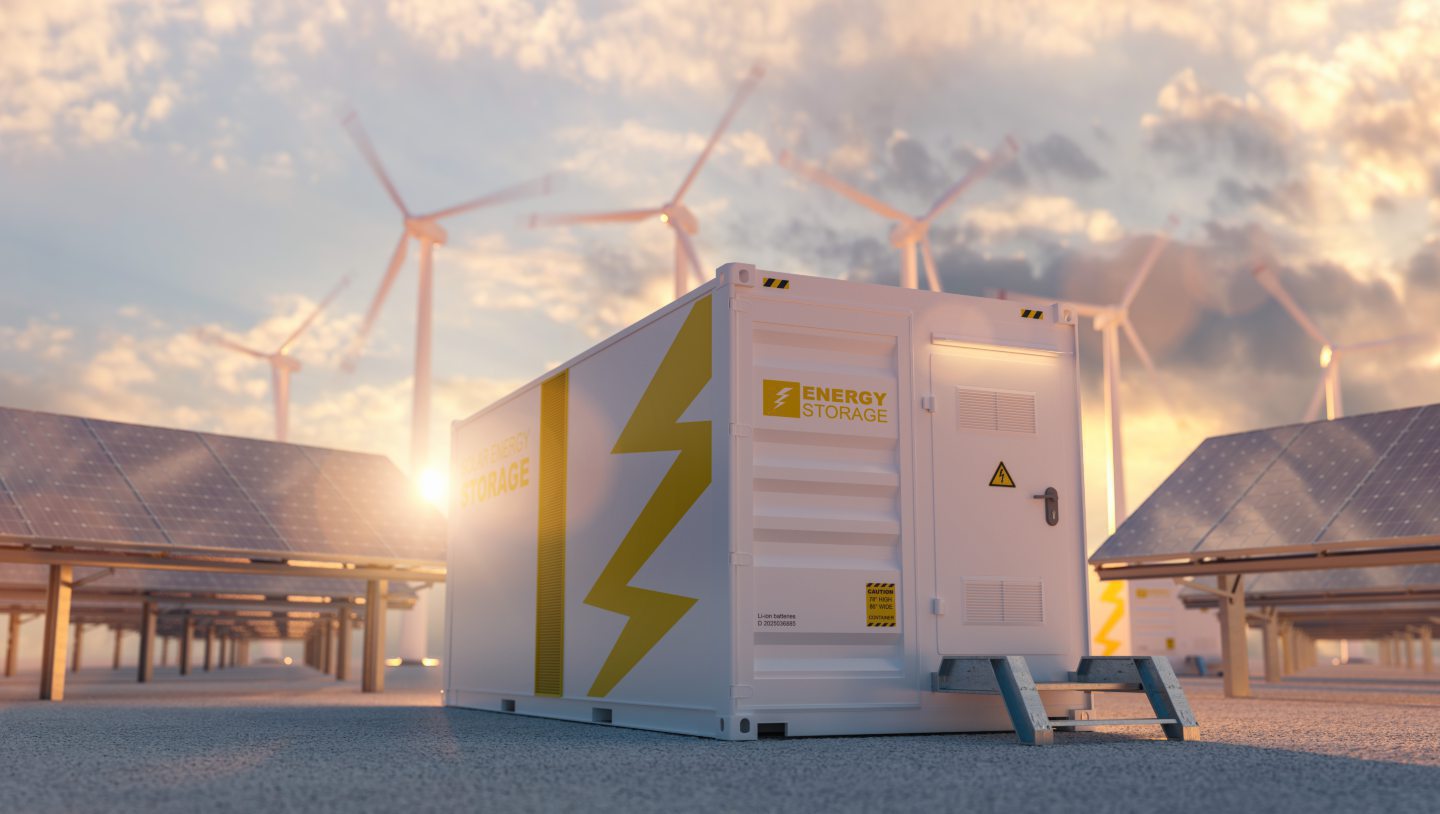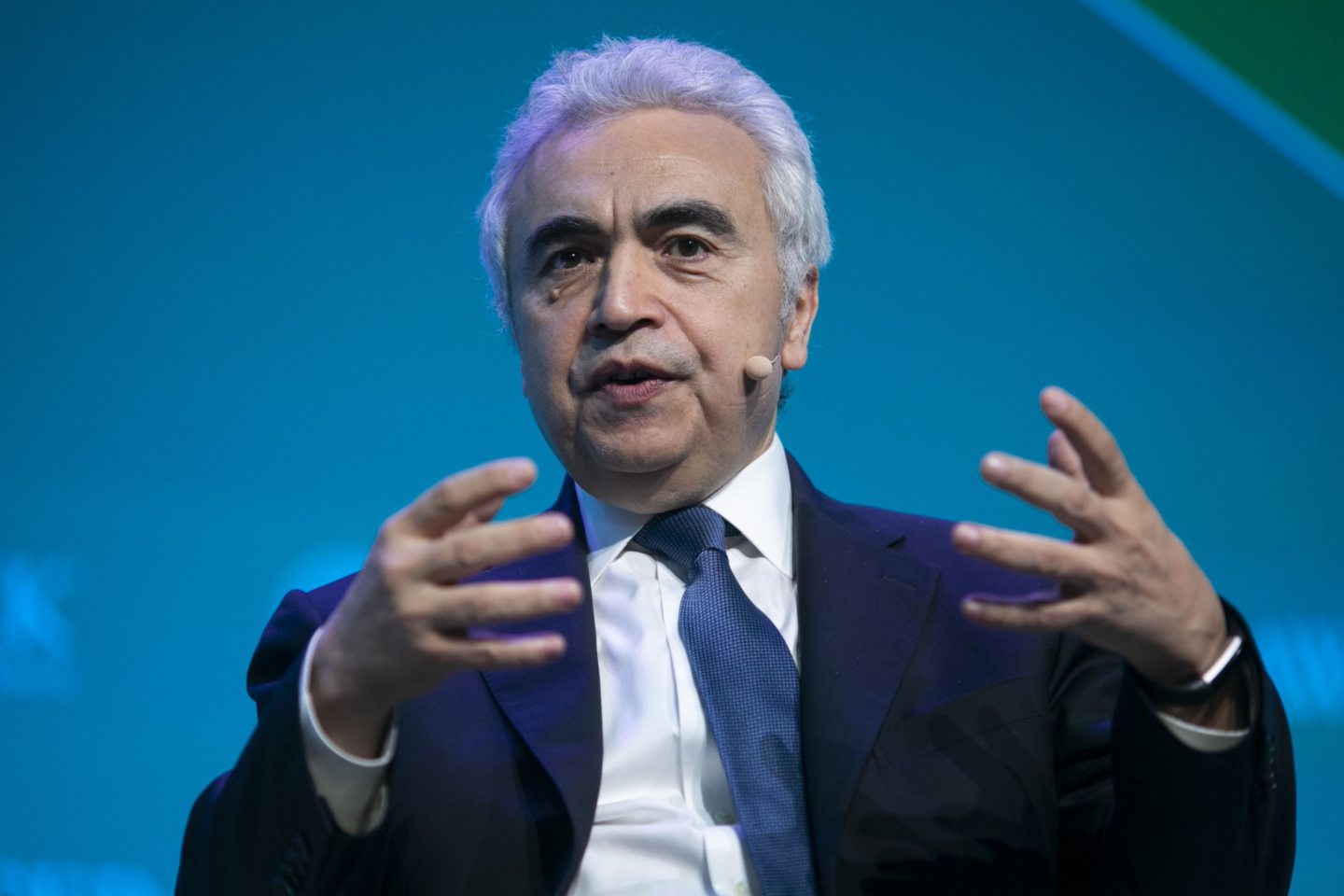 © Supplied by Dominic Lipinski/PA
© Supplied by Dominic Lipinski/PA Subsidies are of fundamental importance to global energy and food production.
Their provision and management by government is generally carefully structured, though not necessarily overt in their offer and application.
Their basic intention is to ensure adequate and affordable supplies of food and energy to the populace. Or at least that’s the standard story peddled by the givers.
According to the World Bank, about 8.5% of the global population, or nearly 700 million people, live in extreme poverty, defined as living on less than $2.15 per day, while around 44% (or 3.5 billion) live on less than $6.85 per day, a poverty line relevant for upper-middle-income countries.
If there is one issue in the energy industry today and into the future that is guaranteed to stir controversy, then it is surely the still prevalence of oil and gas industry (including state-owned companies) subsidies at a critical time in the transition from high to low carbon energy globally.
Even in progressive Europe, decarbonisation has become a struggle.
And, in the US, the Trump Administration is reviving fossil fuels and persecuting low-carbon energy, especially wind power. Donald Trump believes the climate crisis to be fake.
Prior to his regaining power, it seemed that there were signs of the US agreeing with Europe that a structured withdrawal from coal, gas and oil was becoming urgent.
Many countries, even the US, agreed at COP 26 in 2021 to phase out inefficient fossil fuel subsidies, and reaffirmed this a year later at COP 27. G20 members first pledged in 2009 to do the same.
But global fossil fuel ‘consumption’ subsidies hit over $1.2trillion in 2022 and more than $600bn in 2023.
The International Energy Agency (IEA) and the powerful International Monetary Fund (IMF) have repeatedly called for fossil fuel subsidies to be eliminated, including payments in the guise of overseas aid.
Under Trump, it appears that subsidies are anathema regardless of whether they are oil, gas or coal-related, or indeed any other form of energy.
Powerful Texas Railroad Commissioner Wayne Christian chimes with this viewpoint and was recently reported by Business Enquirer as being particularly outspoken about the subject.
He wants a free market to prevail and challenges the prevailing practice of subsidising various energy sectors, “including both traditional fossil fuels and renewable energy sources”.
The Railroad Commission of Texas is an agency that regulates the oil and gas industry, gas utilities, pipeline safety, safety in the liquefied petroleum gas industry, and surface coal and uranium mining in the State of Texas. It is hugely influential US-wide.
In 2022, the IMF estimated that US fossil fuel subsidies totalled $757 billion, including both ‘explicit’ and ‘implicit’ subsidies of which more detail is provided below.
In the EU, the same basic message applies, except that getting rid of fossil fuel subsidies is stronger than wishful thinking.
In January, the European Environment Agency (EEA) put out a statement on the current EU 27 fossil fuels position.
“The 8th Environment Action Programme calls for fossil fuel subsidies to be phased out without delay. Subsidies were stable from 2015-2021, yet more than doubled in 2022 due to high energy prices post-COVID and Russia’s invasion of Ukraine, subsequently falling to €111bn in 2023.”
Last year, the EU headline fossil fuel subsidies data numbers were estimated at some €78bn ($88bn), a decline from €120bn in 2022.
The IEA warns: “While a significant part of fossil fuel subsidies are due to be phased out by 2030, these are largely crisis measures.
“The EU is likely not on track to make notable progress by 2030, as most member states lack concrete plans to phase out the significant fossil fuel subsidies that remain.”
However, the EU 27, though coal-rich, is oil and gas deficient; a weakness revealed by the Ukraine crisis.
Europe’s largest producers are Norway and the UK. Neither are EU members, though Norway is closely associated.
The EEA is clear that subsidies play an essential role in the energy transition, with the agency noting that, if well-designed, these incentives can accelerate the development and deployment of clean energy by drawing in investment and stimulate economic, environmental and social welfare progress.
The UK position is confusing. Despite the claimed big push to decarbonise, the London government gave £20bn more in support to fossil fuel producers than to renewables over the period 2015-23, according to research commissioned by the Liberal Democrats.
It was discovered that, while renewable energy was given £60bn in support over that time, fossil fuel companies were handed almost £80bn.
It was not until 2020 that renewable energy subsidies became greater than fossil fuel support for the first time. And yet fossil fuels have been receiving greater additional investment lately.
The Liberal Democrats’ findings show that, from 2020 to 2021, they received an extra £1bn in support from the government compared with 2020, a 10.7% increase.
For renewable energy in the same year, total support for projects increased by just £1m, or 0.01%.
In 2021, support for fossil fuel extraction rose by 20% to nearly £2bn via tax incentives.
Analysis by the House of Commons library found that a fifth of the money given directly to the fossil fuel industry was to support new extraction.
Added to this is the issue of oil and gas industry subsidies hidden in foreign aid, which has regularly received media attention and been routinely denied by the London government.
A House of Commons research paper published last July states: “Since 2012, the government has made a series of commitments restricting UK overseas funding for fossil fuels. In 2022, it said that since March 2021 it no longer provides ‘any new direct financial support for fossil fuel energy overseas’.
“The government also said that since 2019 the ‘main area’ of overseas aid spending on fossil fuels had been by British International Investment and the Private Infrastructure Development Group (a multi-donor programme, which has invested in gas).
“BII’s fossil fuel policy says it will not make new commitments in the exploration and production of fossil fuels, their transportation, refinement, distribution, or power generation.”
The really big picture
In 2023, the IMF revealed that, globally, fossil fuel subsidies were $7 trillion or 7.1% of GDP in 2022, reflecting a $2tn increase since 2020 due to government support designed to mitigate the impacts of surging energy prices. Step back to 2020, and the China fossil fuels subsidy stood at a staggering $2.2tn. It was still around that level in 2022.
Compare this with the US ($757bn), Russia ($421bn), India ($346bn) and Japan ($310bn).
Chinese clean energy investment was $890bn in 2023, up 40% on the year prior, and the sector was the largest driver of economic growth overall, accounting for 40% of the expansion of GDP for 2023.
However, the Beijing government has since pledged to reduce its level of subvention, starting this year.
China’s position is so powerful that Europe especially fears being out-competed on the low-carbon technologies, green energy production and storage systems, and EV battery packs.
CATL (Contemporary Amperex Technology Co. Limited), which has just listed on the Hong Kong stock exchange and is tipped to raise $5bn from the manoeuvre.
CATL saw its state subvention rocket from $76.7m in 2018 to $809.2m for 2023 by which year the company commanded a 43.1% share of the Chinese market and 36.8% of the global market.
CATL is today the biggest EV and energy storage battery manufacturer in the world, with a global market share of around 37% and 40% respectively in 2023. H1 2024 saw the global share rise to 37.5%.
Germany’s Kiel Institute for the World Economy last year published a brief that examines the scale and breadth of subsidies paid out by the Chinese state to key strategic industries, not least energy.
Kiel notes that, overall, industrial subsidies in China are several times higher than those in large EU and OECD countries.
The size of the estimated difference ranges from a ratio of at least three to four in conservative estimates to a ratio of as high as nine in more encompassing studies.
Overall, however, IMF subsidies are expected to decline in the near term as energy price support policies are unwound and international prices fall, but then rise to $8.2tn by 2030 as the share of fuel consumption in emerging markets (where price gaps are generally larger) continues to climb.
IMF notes that 18% of the 2022 global subsidies total reflects undercharging for supply costs (explicit subsidies) and 82% for undercharging for environmental costs and forgone consumption taxes (implicit subsidies), with the share of explicit falling to 8% by 2030.
Under-pricing for local air pollution costs and climate damages are the largest contributor to global fossil fuel subsidies, accounting for about 30% each, followed by explicit subsidies (18%); also broader road transport externalities such as congestion and road accidents (17%), and foregone consumption tax revenue (5%).
Switching to the IEA perspective, the Paris-based agency has long described fossil fuel subsidies as a ‘roadblock’ on the way to a clean energy system and provided data and advice to support their removal.
The methodology it uses establishes a market reference price for different fossil fuels – and for electricity produced from these fuels – and then compares that with the price paid by consumers.
Where the end-user price is lower than the reference price, that is counted as a subsidy (called a fossil fuel consumption subsidy).
The results of the IEA’s most recent analysis show a “startling rise in such subsidies in 2022”.
This approach, which is called the ‘price-gap approach’, does not capture all the fossil fuel subsidies that are out there.
There may be government interventions that tip the playing field in favour of fossil fuels but that do not affect end-user prices; production subsidies are a case in point.
That is why the IEA works closely with the OECD (Organisation for Economic Co-operation and Development), which tracks other types of subsidies – to produce a broader joint assessment.
But it warns that it is often very difficult to fully quantify the level of subsidies issued for fossil fuels, as there are many avenues for the distribution of support, much of it hidden.
And of course, no-one has a clue what the impact of Donald Trump’s getting back into the White House will have, except that a radical and rough ride seems likely.






